Cats are curious creatures, and their love for the great outdoors is undeniable. However, safety is a priority for any cat owner. That’s where building a catio—an outdoor enclosure for your feline friend—comes into play. Not only can it provide a safe environment for your cat to enjoy nature, but it can also be built without breaking the bank. Let’s explore the exciting journey of creating a budget-friendly catio.
Understanding the Needs of Your Feline Friend
Before you embark on your catio-building adventure, it’s crucial to understand what your cat needs. Cats love to climb, explore, and lounge in the sun. They also appreciate a variety of textures and heights. Consider how much time your cat spends outside and what kind of activities they enjoy. By understanding these needs, you can design a catio that keeps your kitty entertained and content.
Choosing the Right Location for Your Catio

Selecting the perfect spot for your catio is vital. Ideally, it should be easily accessible from your house, perhaps through a window or a door. Ensure the location offers a mix of sun and shade, so your cat can bask or retreat as needed. Proximity to trees or shrubs can provide a natural feel, but make sure there are no escape routes for your adventurous feline.
Determining the Size and Shape of the Catio

The size and shape of your catio will largely depend on the space available and your budget. Even a small area can become a delightful haven for your cat. Think creatively about vertical space, as cats love to climb. A tall but narrow catio can be just as exciting as a wide one, offering your cat ample opportunities to climb and observe.
Gathering Materials on a Budget

Building a catio doesn’t need to be expensive. Many materials can be sourced affordably or even for free. Look for second-hand wood, old pallets, or leftover construction materials. Hardware stores often have discounted items, and online marketplaces can be treasure troves for budget-friendly finds. Remember, safety is key, so ensure all materials are sturdy and non-toxic.
Designing with Safety in Mind
Safety should be at the forefront of your catio design. Ensure all structures are stable and won’t topple over. Use fine mesh or chicken wire to prevent your cat from squeezing through gaps. Pay attention to the ground; if it’s dirt or grass, consider adding a barrier to prevent digging. Regularly check for any sharp edges or loose fixtures that could harm your cat.
Incorporating Climbing and Scratching Elements
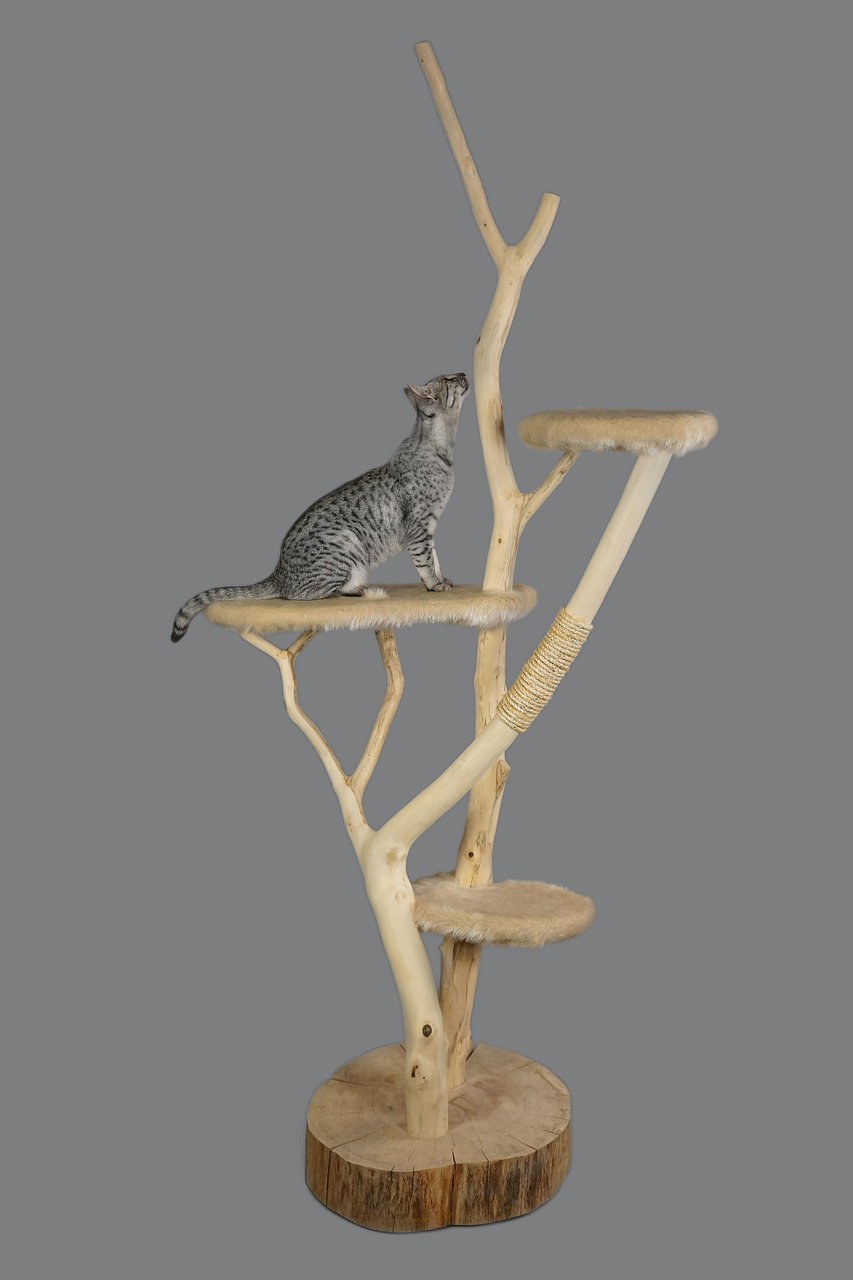
Cats love to climb and scratch, so incorporate these elements into your catio. Repurpose old tree branches or install sturdy shelves at various heights. A scratching post made from sisal rope can provide hours of entertainment. Remember, the more varied the terrain, the more stimulating it will be for your cat.
Providing Shelter and Shade
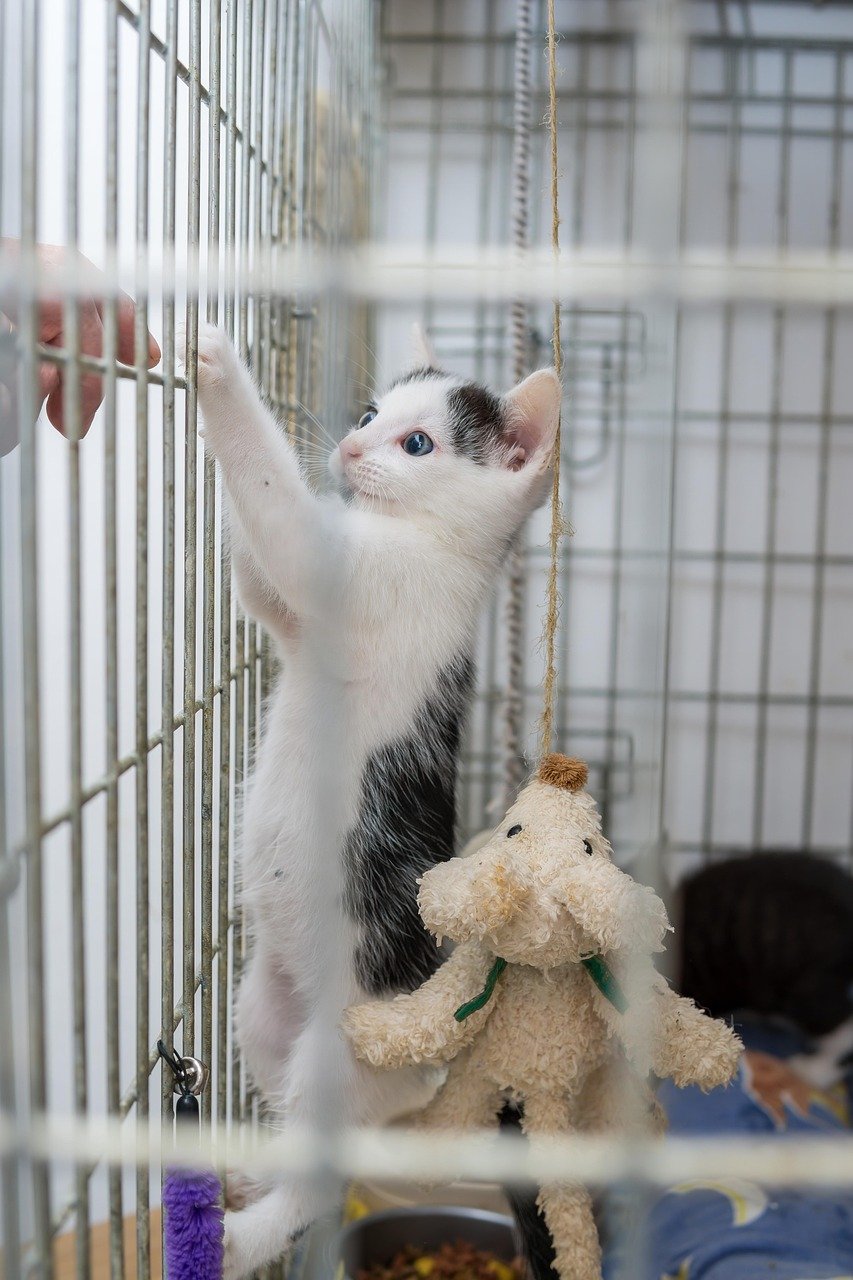
Even in an outdoor setting, your cat will need protection from the elements. A small, cozy shelter can provide shade and a retreat from rain. Consider using waterproof materials or repurposing an old dog house. This shelter can also offer a warm spot during cooler weather, ensuring your cat is comfortable year-round.
Adding Toys and Enrichment
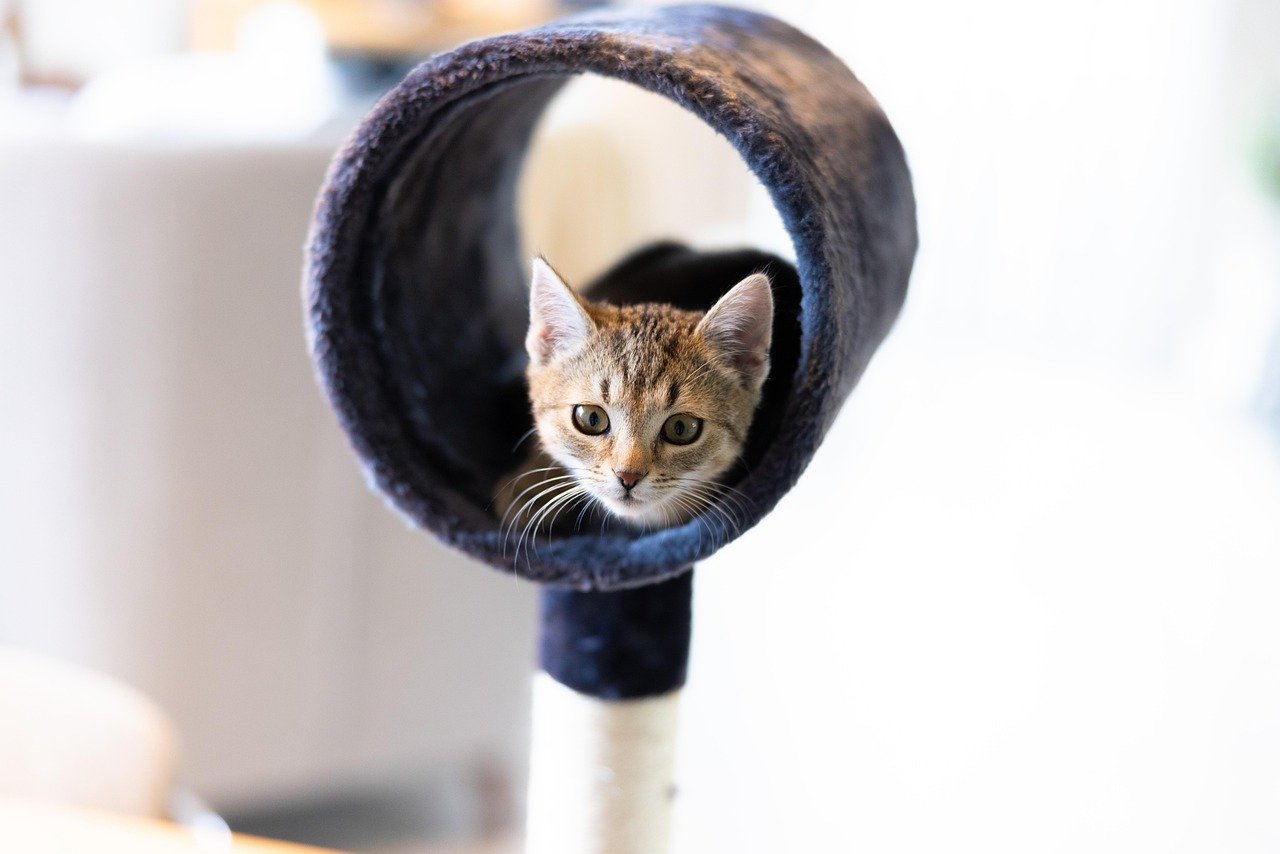
Keep your cat entertained by adding toys and enriching elements to the catio. Hanging toys, tunnels, and even a small water feature can keep your cat engaged. Rotate toys regularly to maintain interest. Remember, a stimulated cat is a happy cat.
Ensuring Accessibility for Maintenance

A catio requires regular maintenance, so design it with accessibility in mind. Ensure you can easily reach all areas for cleaning and repairs. Consider incorporating a hinged roof or removable panels for easy access. Regular checks will ensure your catio remains a safe and enjoyable space.
Incorporating Natural Elements
Bringing nature into your catio can enhance your cat’s outdoor experience. Plant cat-friendly herbs like catnip or cat grass. Adding potted plants can create a lush environment, but ensure they are non-toxic to cats. Natural elements can also attract insects and birds, providing additional entertainment for your feline friend.
Building a Budget-Friendly Framework
The framework is the skeleton of your catio. Use affordable materials like reclaimed wood or PVC pipes. Ensure the structure is sturdy and can withstand weather conditions. Even on a budget, it’s possible to create a durable and long-lasting framework that will keep your cat safe.
Securing the Catio to Your Home
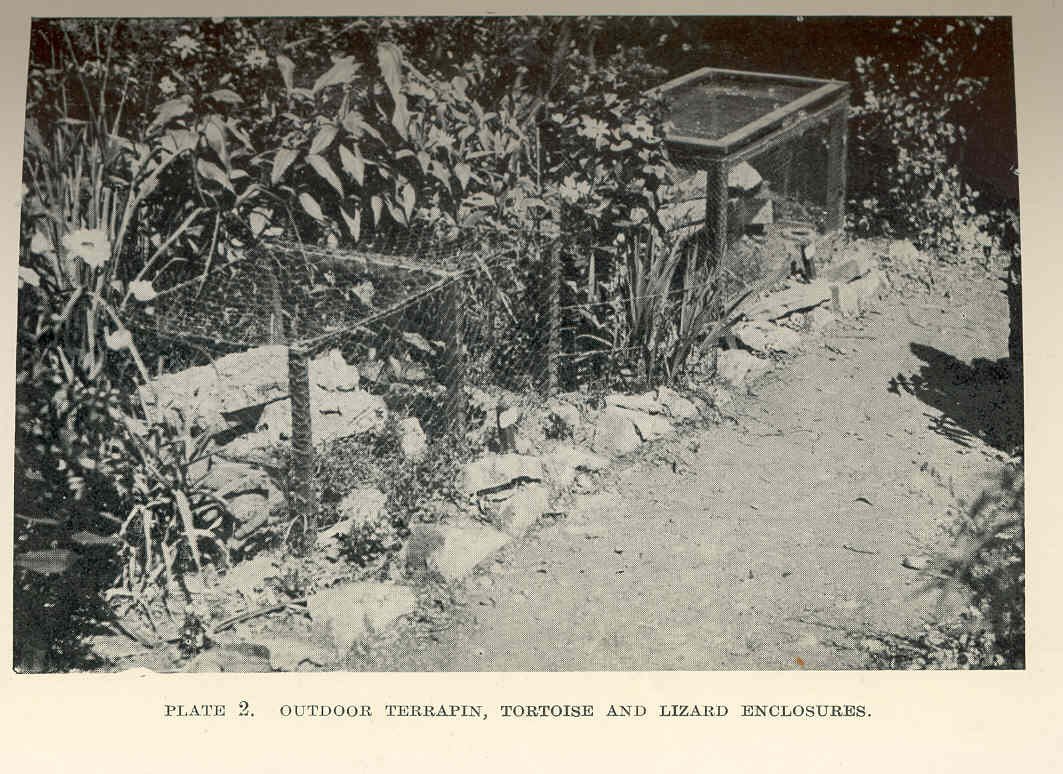
Properly securing the catio to your home is essential for stability and accessibility. Use brackets or hinges to attach it to a window or door frame. Ensure the connection is secure, preventing any gaps that could become escape routes. This step is crucial for your cat’s safety and the catio’s longevity.
Creating a Comfortable Floor

The flooring of your catio should be comfortable and practical. Grass, wood chips, or outdoor rugs can create a cozy surface. Ensure it’s easy to clean and doesn’t hold moisture, which could lead to mold. A comfortable floor will encourage your cat to spend more time outdoors.
Lighting and Ventilation Considerations
Good lighting and ventilation are essential for a pleasant catio experience. Ensure there’s ample natural light during the day, but avoid direct sunlight that could overheat your cat. Ventilation is crucial to prevent stale air and odors. Simple mesh walls can provide both light and airflow, creating a pleasant environment.
Budgeting for Additional Features

Even on a budget, consider setting aside funds for additional features that could enhance your catio. A small fountain, solar lights, or a swinging perch can add charm and functionality. Prioritize features that will provide the most enjoyment for your cat.
Securing Doors and Entrances

The entrances to your catio should be secure yet convenient. Use sturdy locks or latches to prevent accidental escapes. Ensure doors are easy for you to open for cleaning and maintenance. A secure entrance will give you peace of mind knowing your cat is safe.
Weatherproofing Your Catio
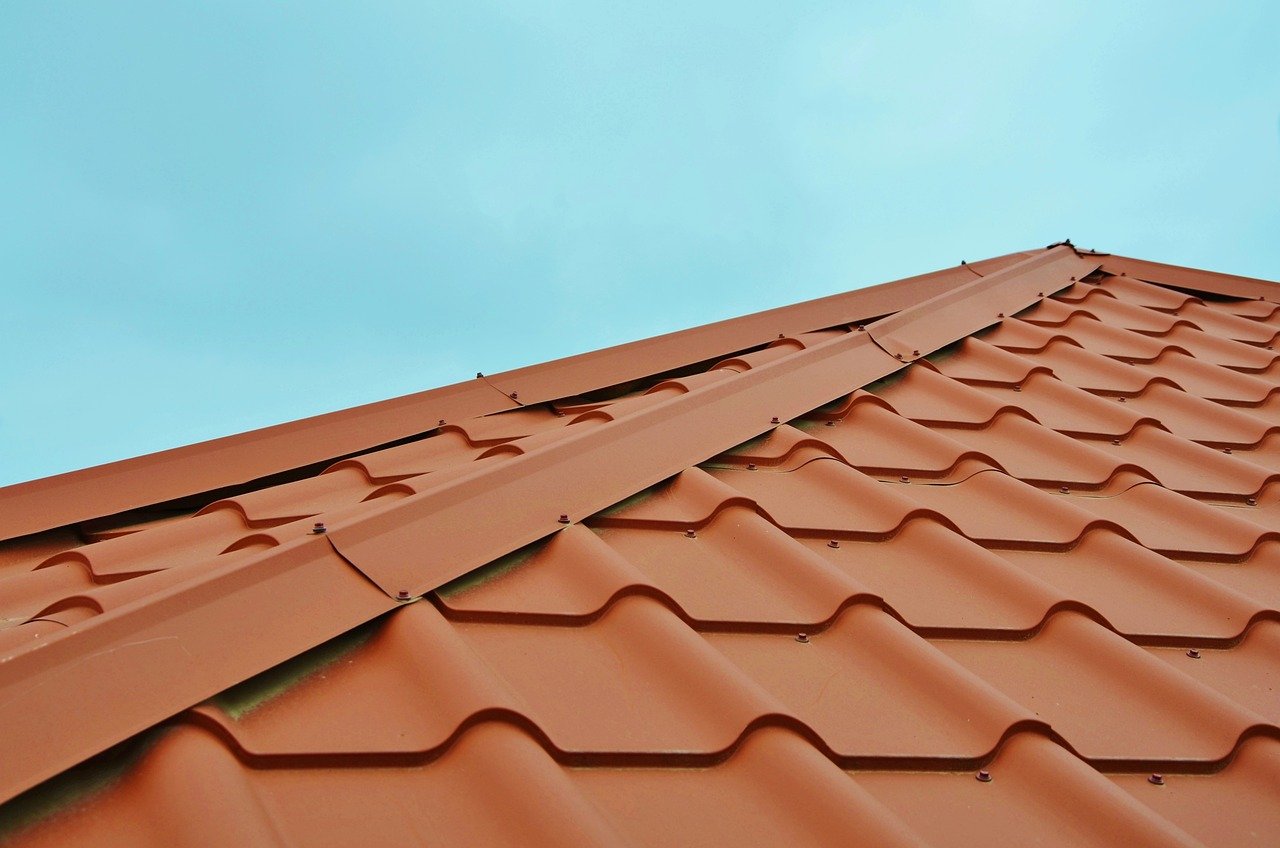
To ensure your catio withstands the elements, consider weatherproofing measures. Use sealants on wooden structures and choose rust-resistant metals. Consider a removable cover for rainy days. Weatherproofing will extend the life of your catio and ensure it remains a safe haven for your cat.
Engaging the Senses with Sound and Smell

Stimulate your cat’s senses by incorporating sound and smell into the catio. Wind chimes can add soothing sounds, while cat-friendly herbs can enhance the scent. Providing a sensory-rich environment will engage your cat’s natural instincts and keep them entertained.
Inviting Fellow Cat Enthusiasts to Help

Building a catio can be a community effort. Invite friends or fellow cat lovers to help with the construction. Not only can this reduce costs, but it also makes the process more enjoyable. Sharing the experience can also provide valuable insights and ideas.
Celebrating Your Completed Catio
Once your catio is complete, take a moment to celebrate your hard work. Watch as your cat explores their new space, taking in the sights, sounds, and smells. You’ve created a safe and enjoyable environment for your feline friend, all while staying within your budget. Enjoy the peace of mind knowing your cat can enjoy the great outdoors safely.
Hi, I’m Bola, a passionate writer and creative strategist with a knack for crafting compelling content that educates, inspires, and connects. Over the years, I’ve honed my skills across various writing fields, including content creation, copywriting, online course development, and video scriptwriting.
When I’m not at my desk, you’ll find me exploring new ideas, reading books, or brainstorming creative ways to solve challenges. I believe that words have the power to transform, and I’m here to help you leverage that power for success.
Thanks for stopping by, Keep coming to this website to checkout new articles form me. You’d always love it!






